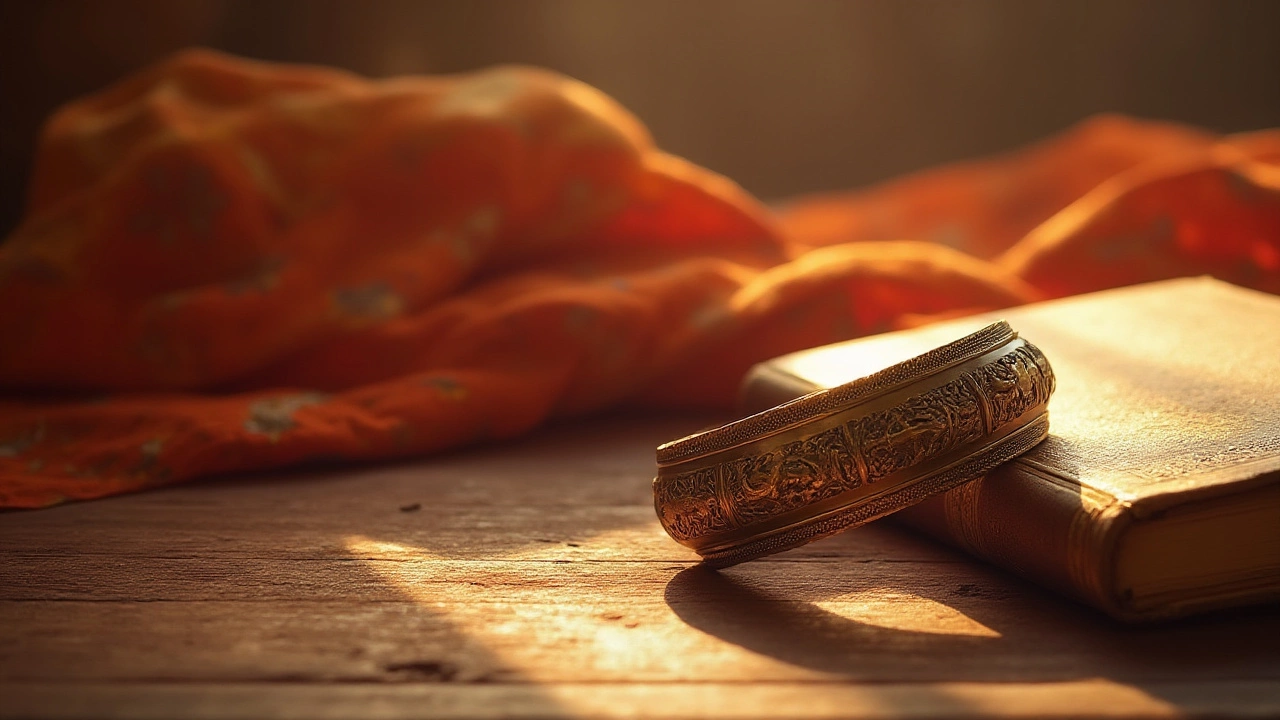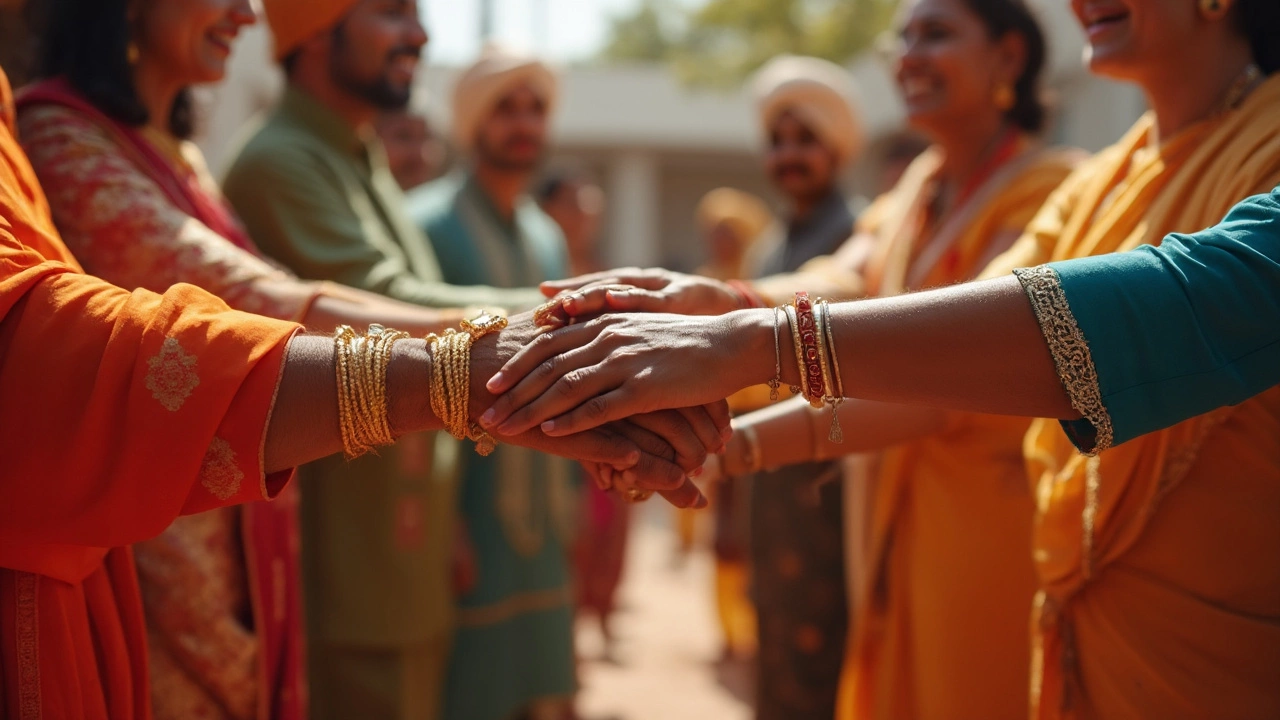
Curious about the Sikh Kada? This article dives deep into its meaning and clears up if non-Punjabis can wear it respectfully. Get facts, history, and style tips here.
When talking about Sikh jewelry, the ornaments that Sikh men and women wear as expressions of faith, identity and community. Also known as Sikh adornments, it blends spiritual symbolism with everyday style. If you’re searching for Sikh jewelry, you’re in the right place. The core of this tradition is the kara bracelet, a solid steel or iron bangle representing an unbroken bond with the divine. Another staple is the turban pin, which holds the Sikh turban in place while also serving as a decorative accent. Both pieces are more than accessories; they are tangible reminders of the Sikh code of conduct (the *Rehat*). Sikh jewelry encompasses these items, requires cultural awareness to wear correctly, and influences modern fashion choices across the diaspora.
The kara bracelet, usually unadorned, embodies the Sikh principle of equality—no precious stones, just pure metal. It’s worn on the right wrist, often paired with a simple watch or none at all, to keep the focus on spiritual duty. Meanwhile, the turban pin (or *salai*) can range from a plain steel spike to an intricately carved jewel‑set piece, reflecting personal taste and regional influences. During Punjabi weddings, the array expands to include Punjabi wedding jewelry, such as heavy gold necklaces, ornate earrings, and the *chura* set for brides. These items sit alongside the kara, merging Sikh religious symbols with broader Indian bridal customs. Together, they illustrate how Sikh jewelry intersects with traditional Indian jewelry, creating a unique visual language.
Understanding these pieces helps you choose the right item for any occasion. For daily wear, a plain steel kara offers durability and authenticity. If you’re attending a wedding or a cultural festival, a polished gold or silver turban pin can add flair while respecting the sanctity of the turban. Modern designers are also experimenting: some introduce enamel fills, subtle gemstone accents, or mixed‑metal designs that still honor the original symbolism. This evolution shows that Sikh jewelry doesn’t stay static; it adapts, yet always stays rooted in the core values of honesty, courage, and devotion.
Beyond the individual items, Sikh jewelry plays a role in community identity. Wearing a kara at work signals integrity; a turban pin at a ceremony marks respect for tradition. These pieces often become family heirlooms, passed down through generations, linking personal stories to collective history. When you shop for Sikh jewelry, consider the material, craftsmanship, and the story behind each design. A well‑made kara made of stainless steel will last a lifetime, while a handcrafted turban pin from a local artisan adds a personal touch and supports cultural preservation.
In the articles below you’ll find deeper dives into related topics—how Sikh hair traditions affect jewelry choices, the rise of imitation gold pieces that mimic traditional designs, and practical buying guides for gold purity and value. Whether you’re new to Sikh adornments or looking to update your collection, the following posts give you the facts, tips, and trends you need to make informed decisions.

Curious about the Sikh Kada? This article dives deep into its meaning and clears up if non-Punjabis can wear it respectfully. Get facts, history, and style tips here.

Confused about which hand the kada belongs on? This article digs into the real traditions, regional twists, and the reasons why it matters. You’ll get practical advice, culture-backed facts, and tips on wearing a kada the right way. Whether you’re following your faith, family customs, or just want to look sharp, you’ll find answers here. Read on to know what’s most authentic—and what just feels right.